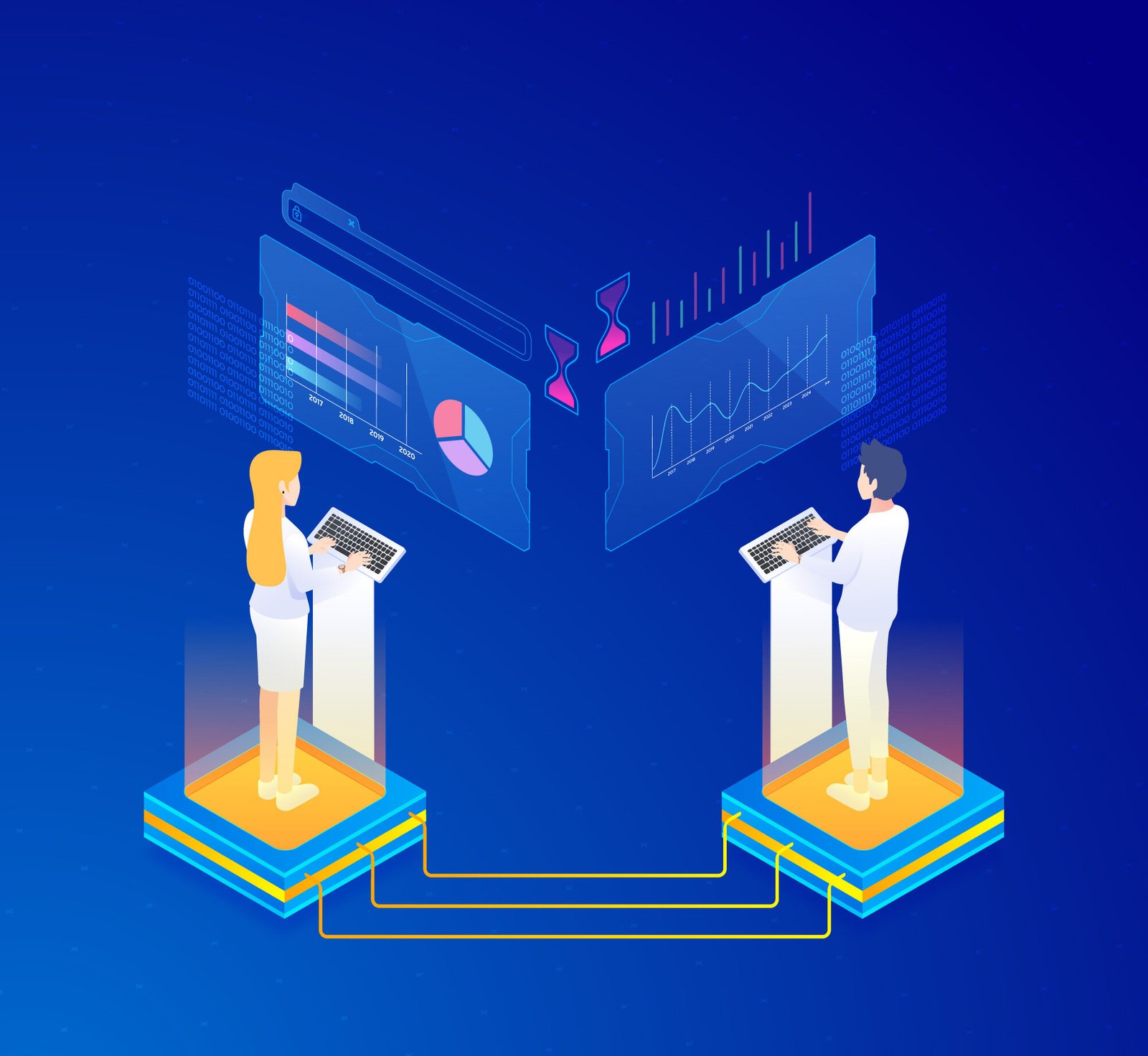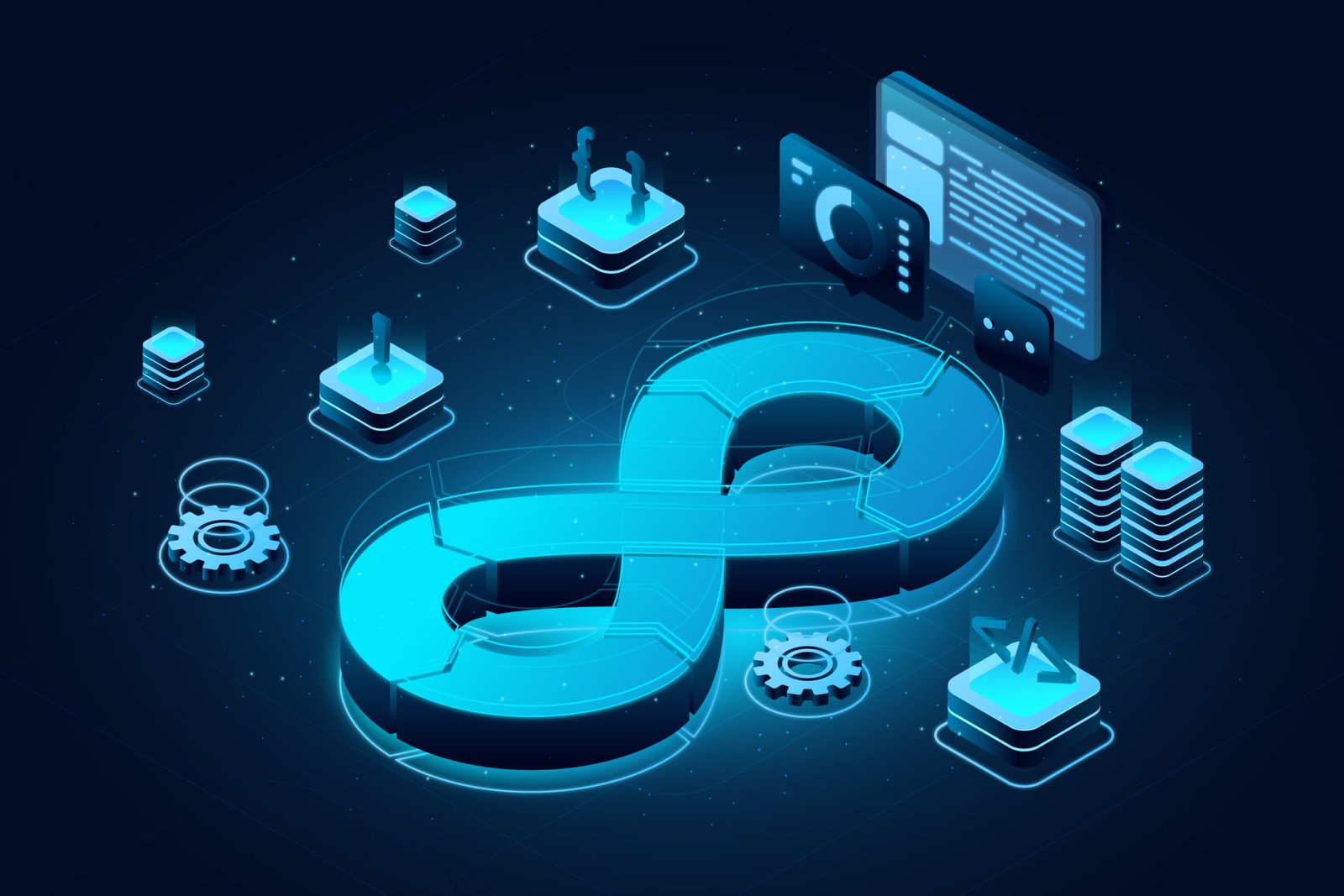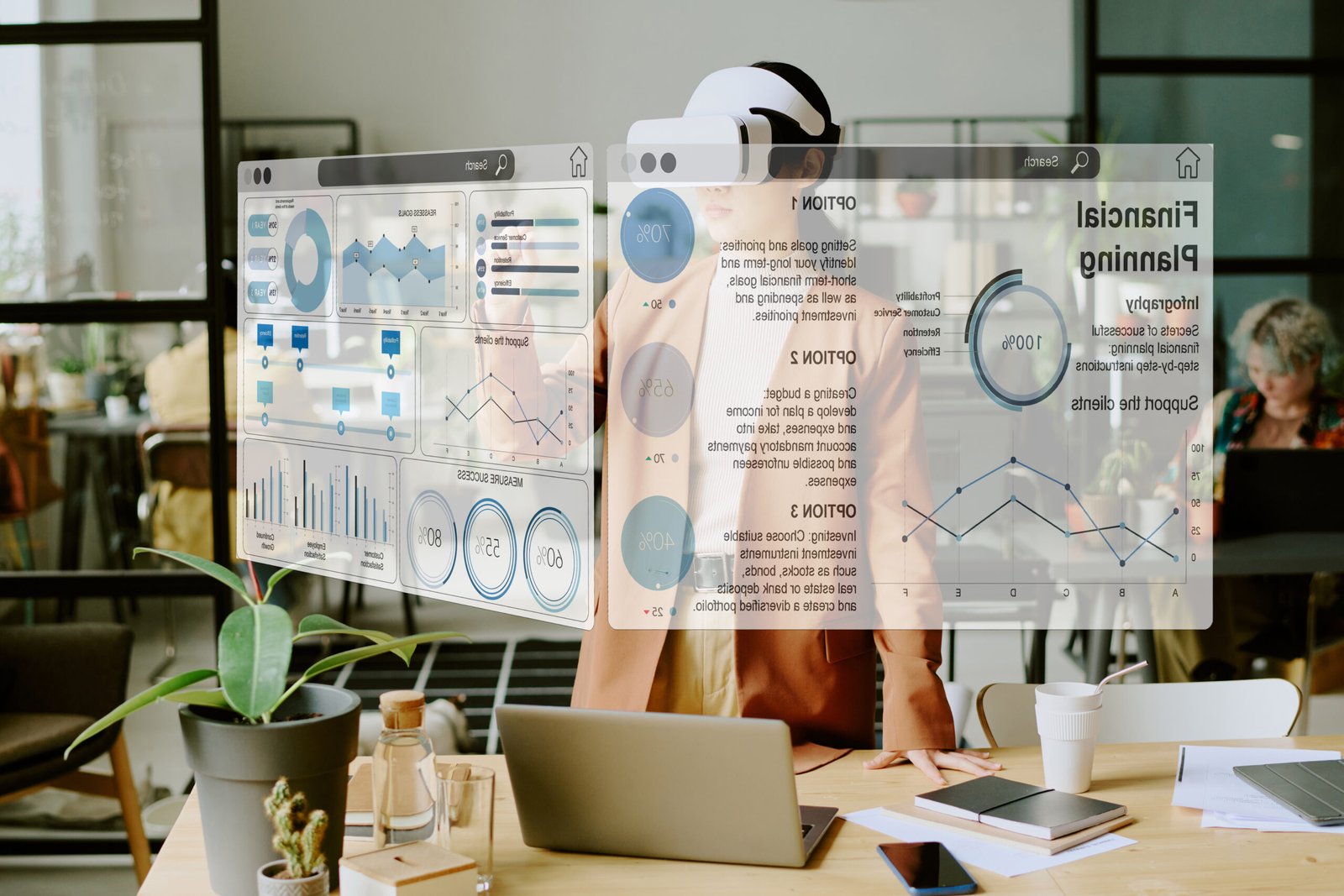The Industry 4.0 era has paved the way for advanced technology, simplifying operations and boosting productivity. Predictive analytics and digital twins are defining technologies at the core of this revolution. Together, they will reshape how businesses function while creating opportunities for optimum performance and great competitive advantage.
This blog explores how predictive analytics and digital twins work together, their significance, and their practical applications.

Understanding Predictive Analytics
Predictive analytics involves advanced analytics of past and real-time data simulations to project future outcomes. It recognises patterns and predicts trends using statistical algorithms, machine learning, and data mining techniques.
The process helps businesses make more informed decisions. It is applicable across sectors, from forecasting customer behaviour in retail to supply chain optimisation in manufacturing. A proactive organisation can proactively address potential issues, allocate resources efficiently, and enhance overall decision-making capabilities.
Demystifying Digital Twins
A digital twin replicates a physical asset, process, or system in digital form. This virtual modelling enhances its counterpart and allows real-time data simulation and analysis. Technology has advanced from simple 3D models to complex simulations, providing accurate representations of physical assets. This virtual modelling provides more profound insights than possible and allows for detailed analysis and optimisation.

Synergy Between Predictive Analytics and Digital Twins
This is where true synergy lies between these technologies: one produces vast volumes of dynamically simulated real-time data, and the other applies predictive analytics to generate forecasts of future performance levels and probabilities of future problems. Such a combination would lend itself to preemptive measures for minimising downtime and maximising operational efficiency. This synergy is comparable to advanced asset management and resource optimisation in manufacturing, energy, and transportation industries. The ability to simulate real-time data is at the core of these operational efficiencies.

Application of Predictive Maintenance
This synergy finds its most immediate application in predictive maintenance. This segues into the use of real-time digital twins to assess various aspects of an asset’s performance while integrating predictive analytics to forecast potential failures proactively.
It transforms the old maintenance strategy from reactive to proactive, reducing downtime, extending asset life, and optimising maintenance schedules to achieve maximum savings and increased operational efficiency.
Challenges and Considerations
Implementing digital twins and predictive analytics is not without its challenges. Effective IoT integration is crucial for seamless data flow between physical assets and their virtual counterparts. Critical data security and privacy issues must also be addressed to safeguard sensitive information. Businesses should also factor in the cost of deploying and maintaining these technologies. IoT Integration and Data-Driven Decision-Making require careful planning and a robust infrastructure.
Trends and Innovations of the Future
Predictive analytics and digital twins will continue to evolve rapidly, and AI and machine learning will continue to enhance their capabilities. These technologies would be a significant game changer for asset lifecycle management, enabling businesses to optimise asset performance throughout its entire lifecycle. These technologies promise even greater levels of efficiency and innovation. Automation will play a key role in driving real-time insights and performance improvements.
Conclusion
The combination of predictive analytics and digital twins presents a transformative opportunity for industries seeking to enhance operational efficiency and gain a competitive edge. By leveraging real-time data simulation and data-driven decision-making, businesses can optimise maintenance, reduce downtime, and improve overall performance. Industry 4.0 is increasingly defined by these critical technologies, which are crucial to competitiveness and success in the long term. Adopting these powerful tools will help enterprises move from reactive to proactive, transforming their operations through data use.
P-XR AG helps companies build digital twins and uses predictive analytics to drive operational efficiency and continuous alignment with customers’ changing needs.
For consultations, you can reach us at contact@p-xr.ch